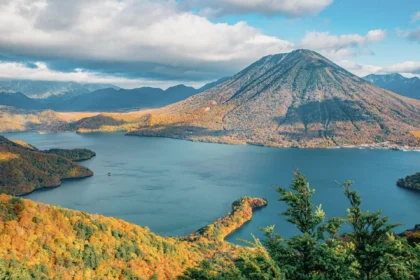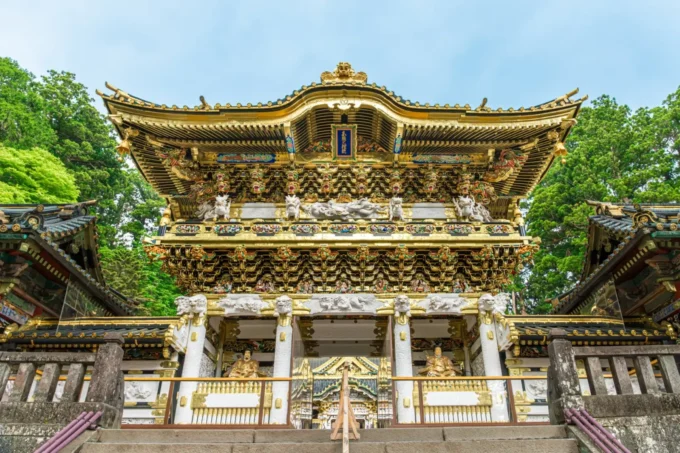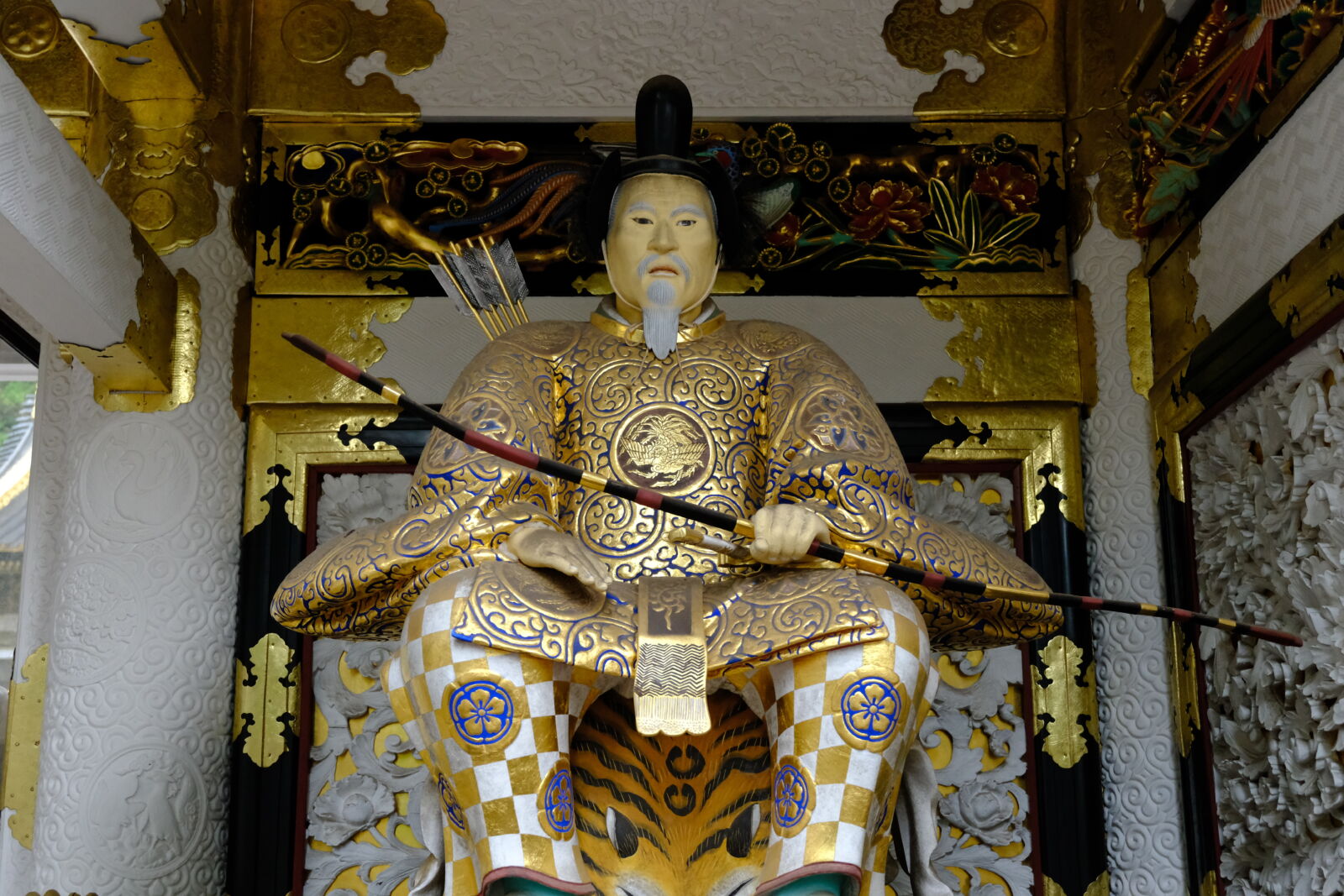
Nestled amongst the mountains of Japan is Nikko, an area steeped in rich cultural heritage and history. As one of the 26 UNESCO World Heritage Sites in all of Japan, Nikko’s National Park contains some of the Countries most stunning and beautiful temples with a past deeply connected to Samurai history. With the popular ’Shogun’ tv series reaching recent global success, Samurai history has reached a new level of popularity with international audiences. Nikko is therefore a fantastic destination to add to your Japan itinerary if you’re interested in feeling like you’ve stepped back in time to the age of the Samurai and old Japan. We have created this page to provide you with a helpful overview of what there is to discover in Nikko that will satisfy any history buff and Samurai enthusiast! On this page you will find the following information :
— A Must Visit for Samurai History and Cultural Heritage
— 20 Best Things to Do In & Around Nikko
— Where to Stay In & Around Nikko
WHERE IS NIKKO?
Nikko is a small city in Tochigi Prefecture, approximately 150KM / 2.5 to 3 hours to the north of Tokyo. Nikko is most famous for its striking Shinto shrines and mausoleums, that commemorate Tokugawa Ieyasu – the founding ruler of the Tokugawa Shogunate. Inscribed on the World Heritage list in 1999, the Nikko shrine and temple complex attracts millions of visitors each year. Nikko and the surrounding region also boasts ‘onsen’ (natural hot spring) towns and the natural attractions of Nikko National Park. For visitors heading to Nikko from Tokyo, it is quick and easy to reach with a range of train services connecting the two – the easiest of which takes just under 2-hours, using the Tohoku Shinkansen to Utsunomiya Station and then transferring to the local JR Nikko Line. For full details, see ‘Getting to & Around Nikko’ below.
NIKKO : A MUST VISIT FOR SAMURAI HISTORY AND CULTURAL HERITAGE
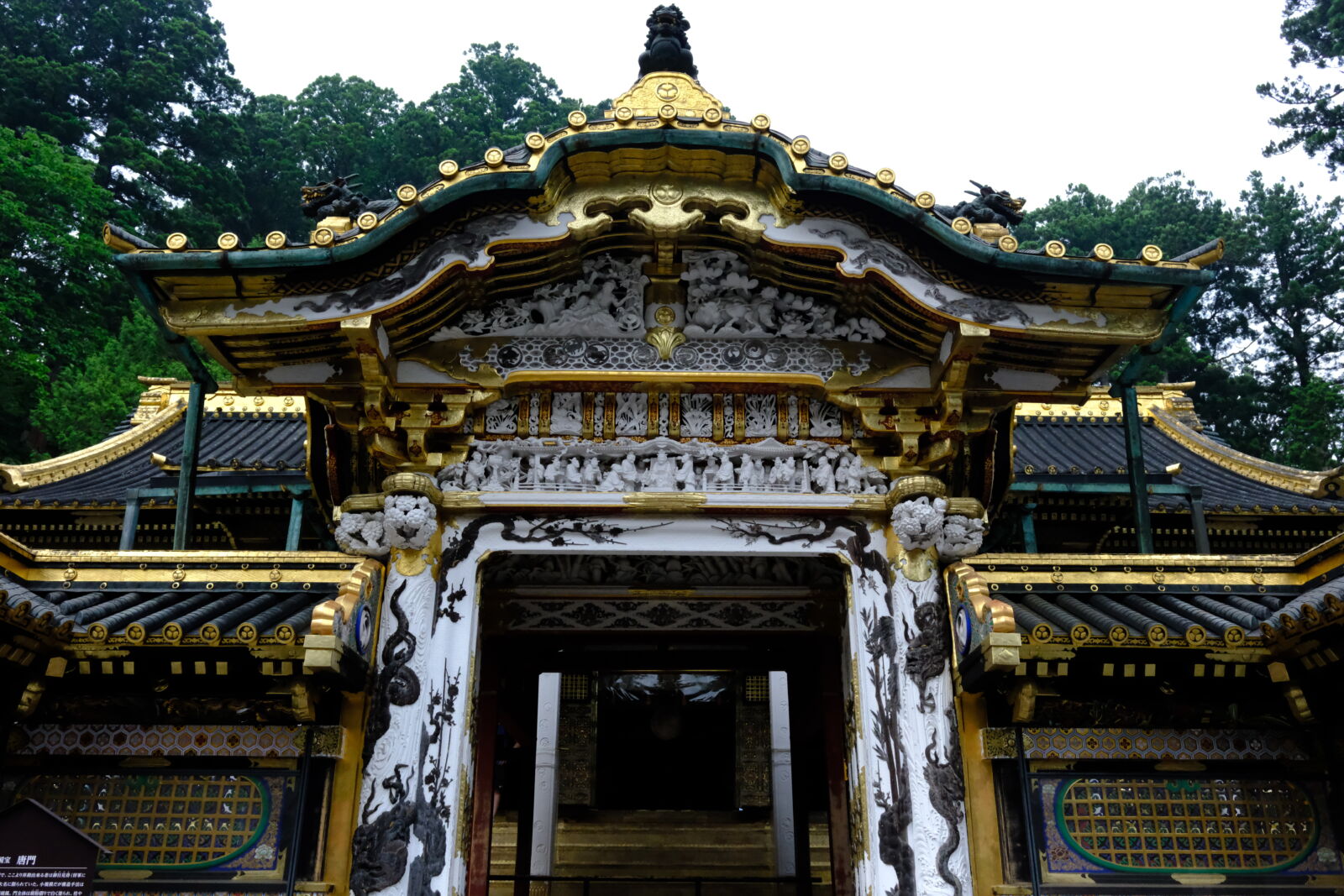
Nikko is home to many attractions and sightseeing spots that tie to the age of the Samurai, heavily linking to the ’Edo Period’ and the Tokugawa Shogunate family. If you’re a fan of Samurai history, both the Edo period and Tokugawa Shogunate will certainly mean something to you. The Edo period spanned from 1603 to 1868, and was the longest historical time period in Japanese history where the Tokugawa family were the ruling Samurai family for nearly 270 years! The founder of the Tokugawa Shogunate, Tokugawa Ieyasu therefore became a highly influential figure in history and a legend over time for bringing a period of stability and unification across Japan. What followed Ieyasu was a legacy unrivalled, with his successors continuing to highly influence and shape the history and culture of Japan. For that reason when visiting Nikko, visitors will see the Tokugawa family crest of the three Hollyhock leaves everywhere.
Nikko’s history of course spans a time period far older than that of the Edo period, but the area became recognised during this time as a highly spiritual place which meant many of Japan’s greatest shrines, temples and cultural activity became rooted in the mountainous landscape. So let’s dive into what you can do in Nikko to have a closer connection to the age of Samurai and traditional Japan!
1 / Nikko Toshogu Shrine
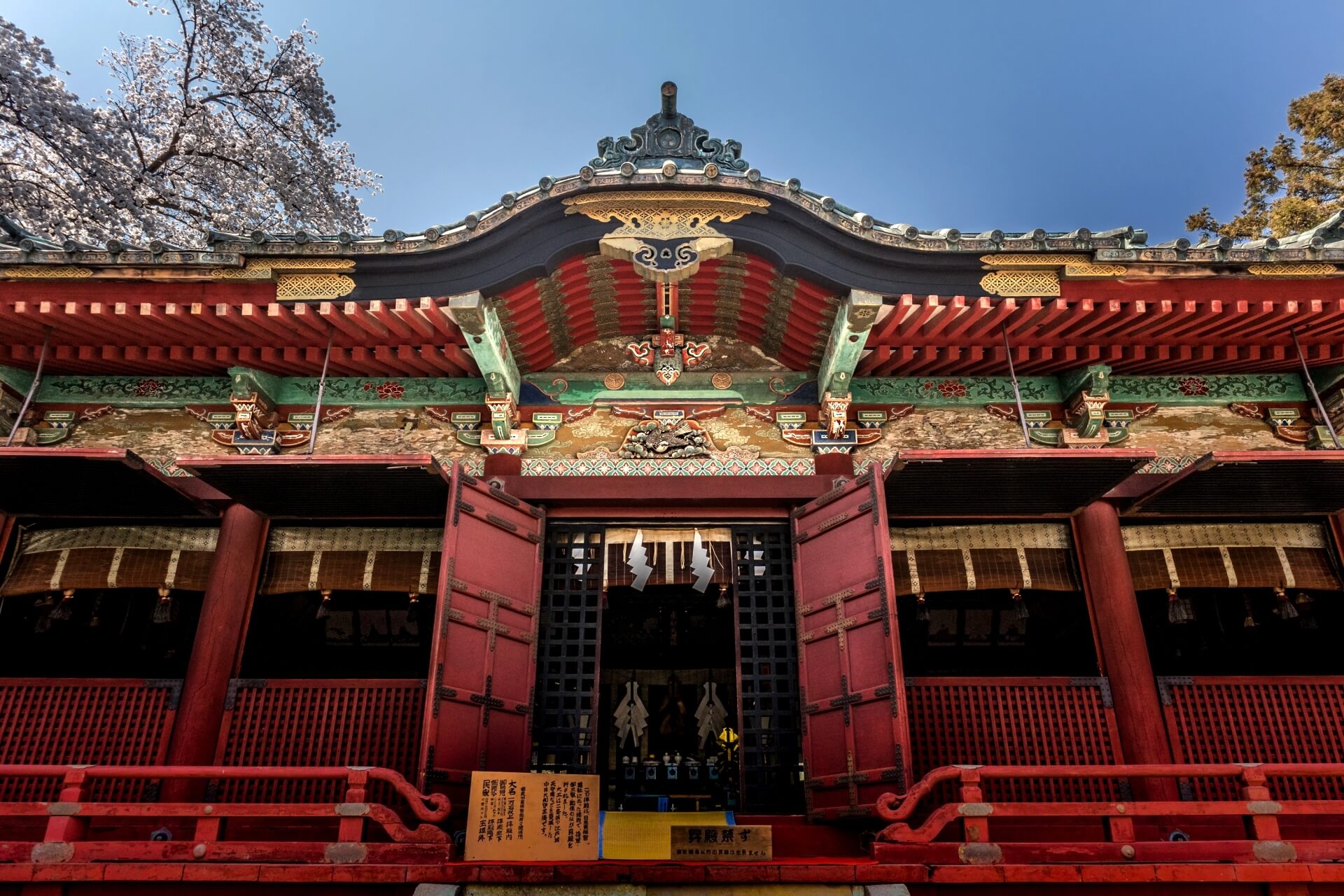
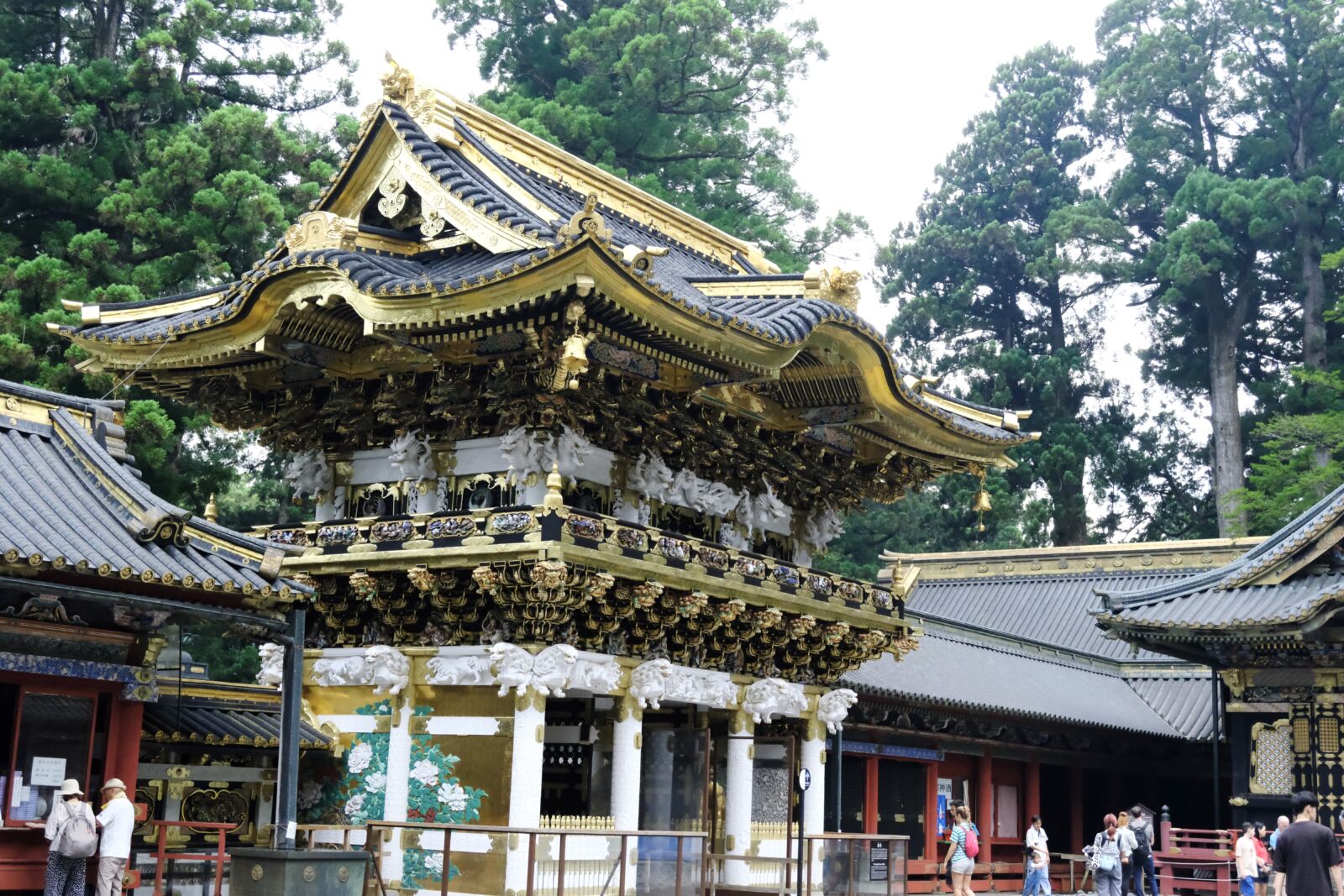
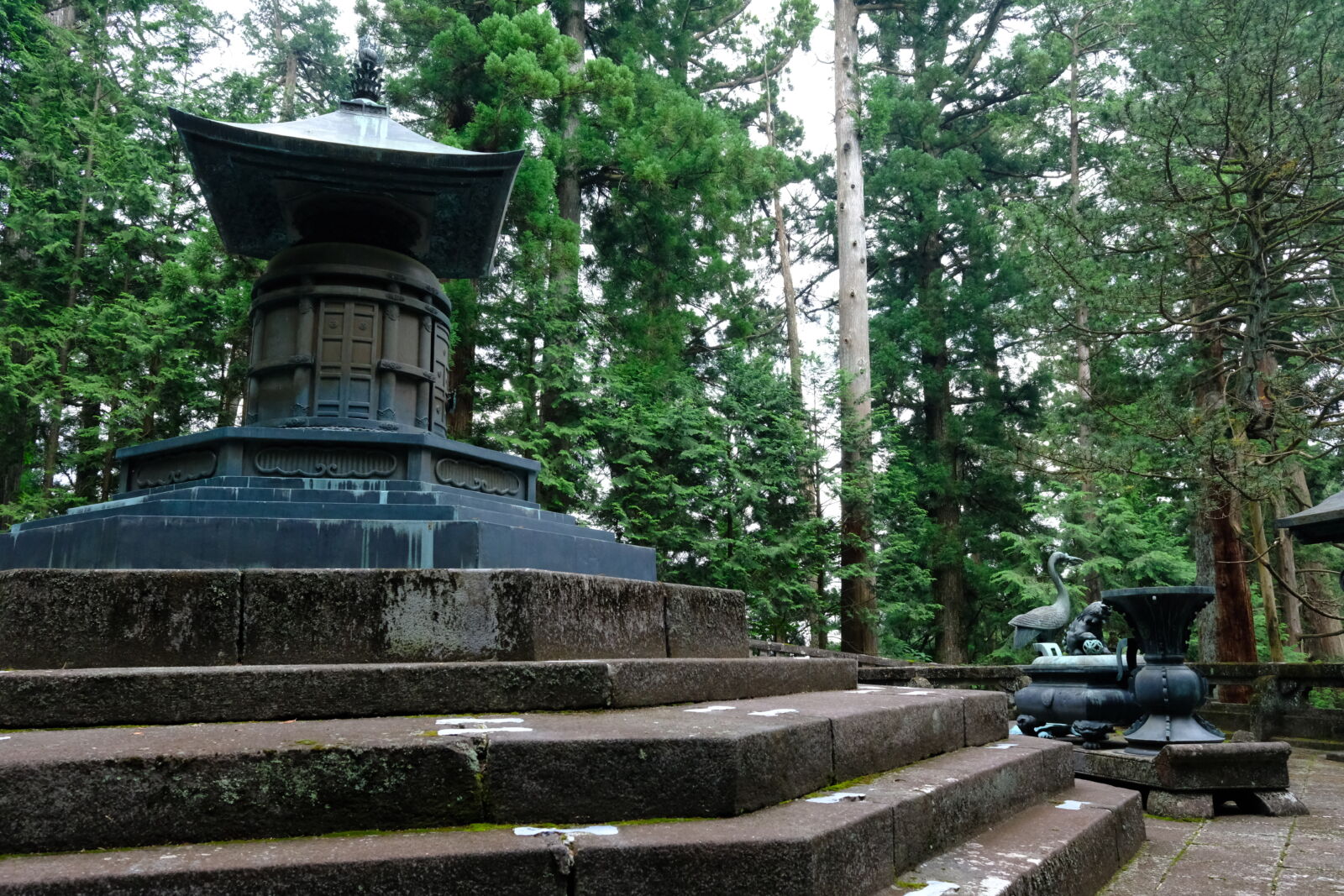
Nikko Toshogu Shrine is the most impressive and beautiful of all the temples and shrines in the heritage site. It is the shrine where the first Tokugawa Shogunate, Tokugawa Ieyasu is enshrined and buried. It was built in 1617 during the Edo period, a year after Tokugawa Ieyasu had died in 1616. The shrine complex was originally smaller and more modest in its design, but the complex was enlarged and made more gorgeous over time. It has 55 structures, 42 of which have world heritage status. 8 have the designation of national treasures including the famous three wise monkeys and sleeping cat. Upon Ieyasu’s death, stately processions were made from Tokyo to Nikko to visit the shrine and for people to pay their respects. There is a grand five story pagoda just outside the shrine complex which was a donation by a wealthy Daimyo or lord, an impressive reminder of the respect Tokugawa Ieyasu commanded even after his death. Visitors can walk the many stone steps through the forest to Ieyasu’s burial place. The shrine complex had a large restoration project completed in 2020, so visitors can enjoy the complex at its very best now.
2 / Nikko Toshogu Museum
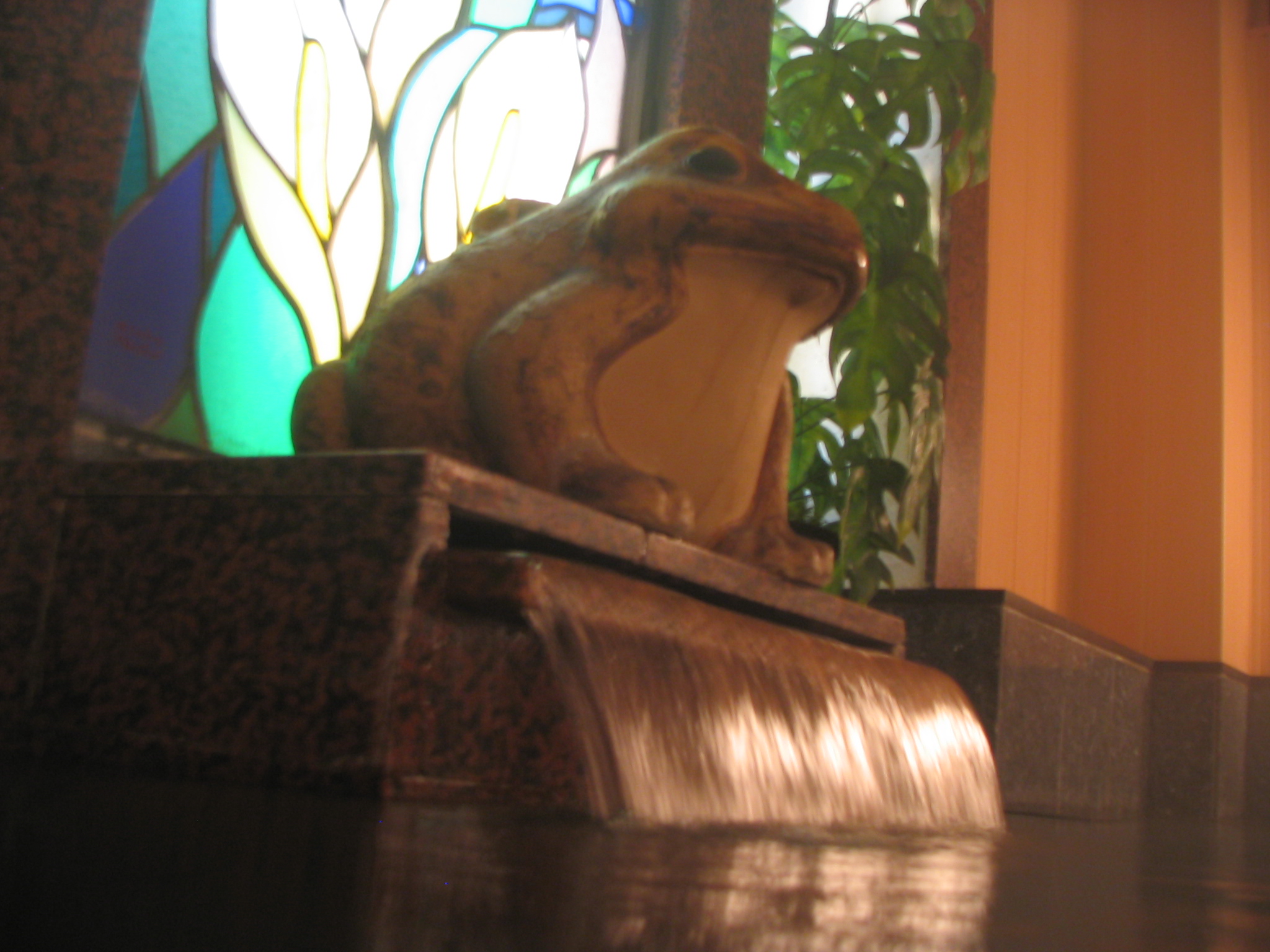
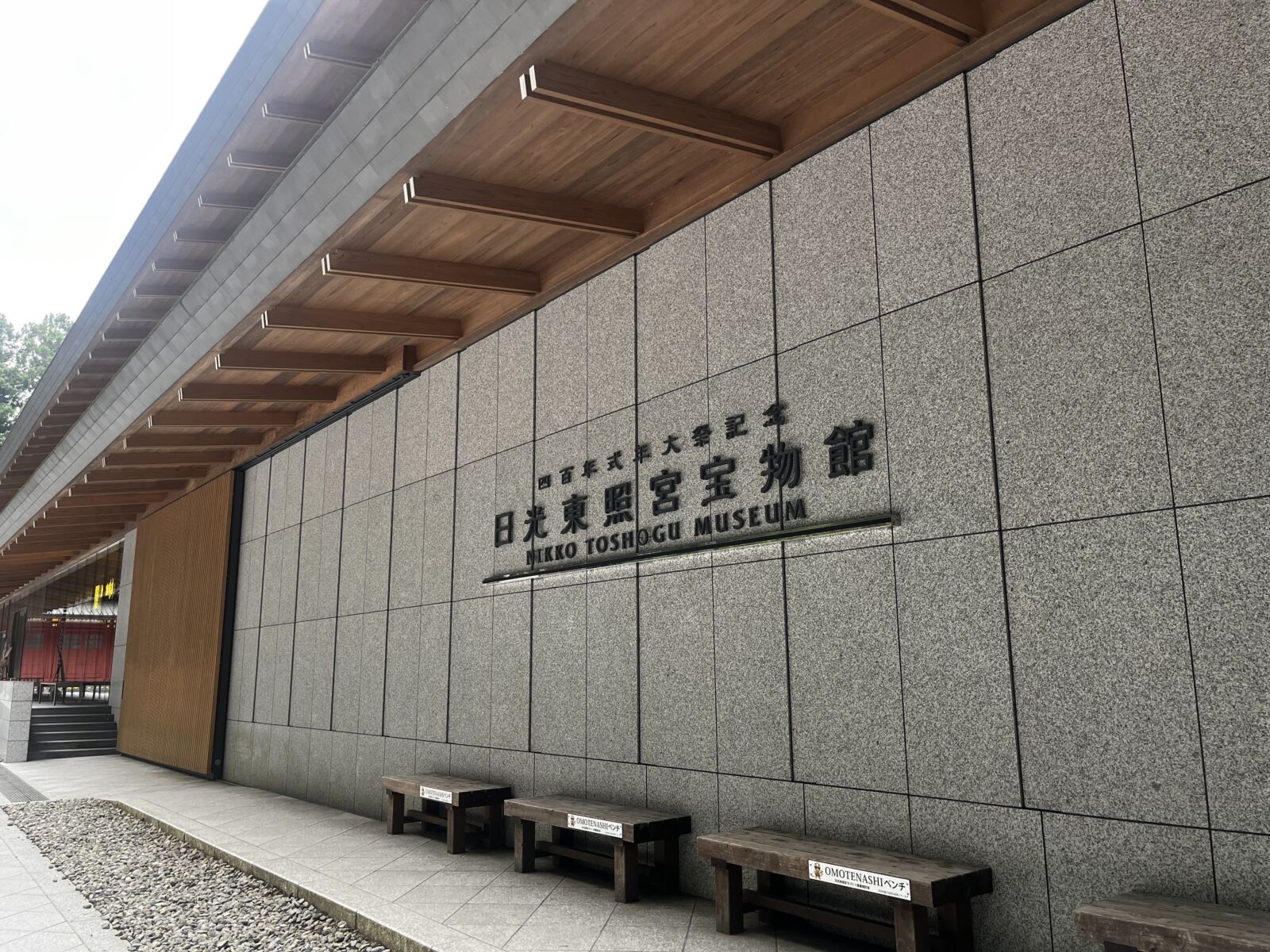
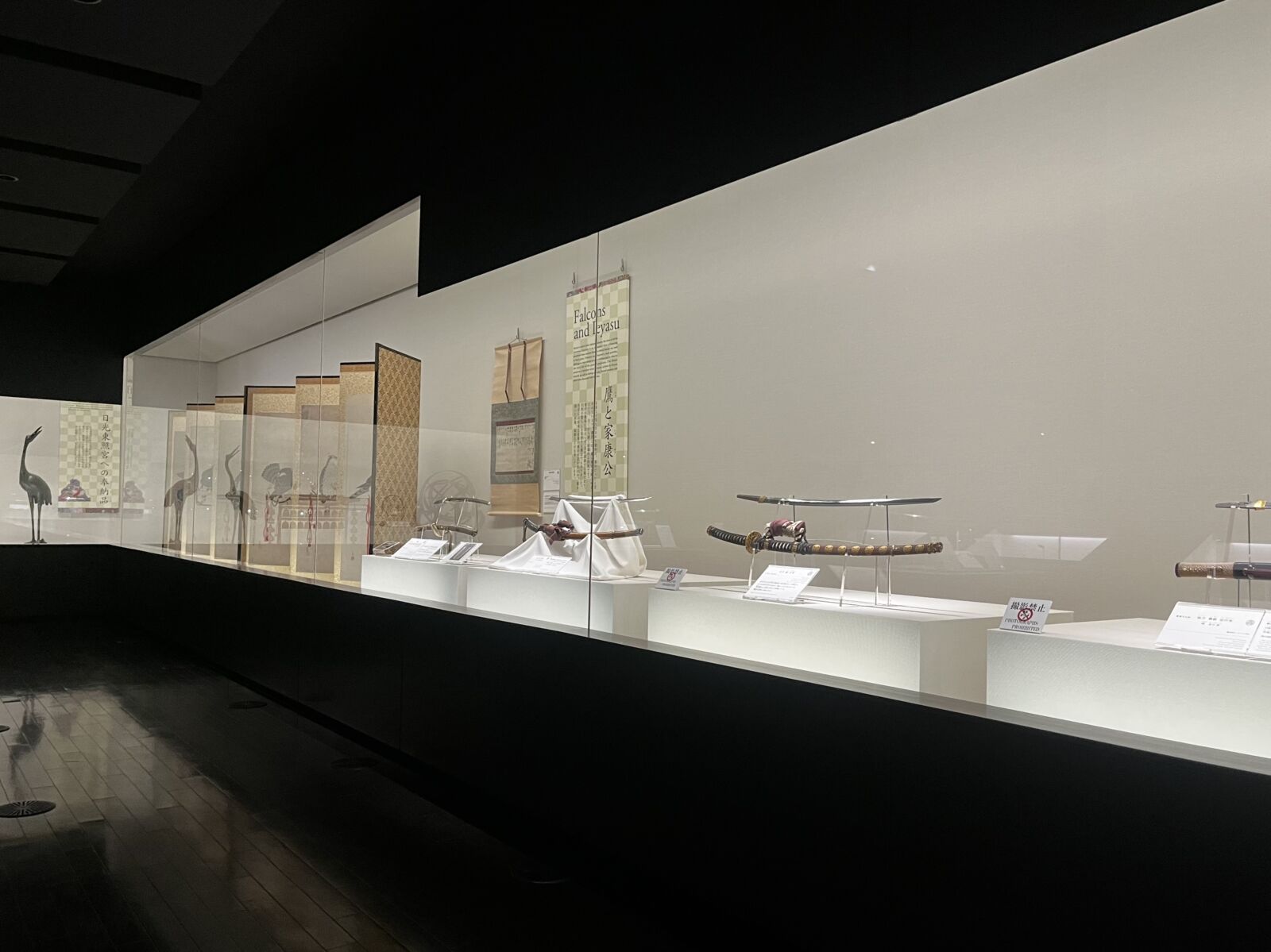
If after visiting Nikko Toshogu Shrine you would like to learn more about the shrine’s history as well as the life of Tokugawa Ieyasu, head to the neighbouring Nikko Toshogu Museum which showcases an impressive collection of artefacts and treasures. You can purchase a combination ticket for both the shrine and museum. The museum was opened in 2015 to commemorate the 400 year anniversary of Ieyasu’s death. It has an impressive collection of Ieyasu’s personal belongings, including his armour, swords and letters. The museum has a small theatre room where they play an informative documentary on the details of Toshogu Shrine’s design and building process. The museum also has a nice cafe where visitors can rest and enjoy a variety of refreshments before continuing on.
3 / Taiyuin Temple
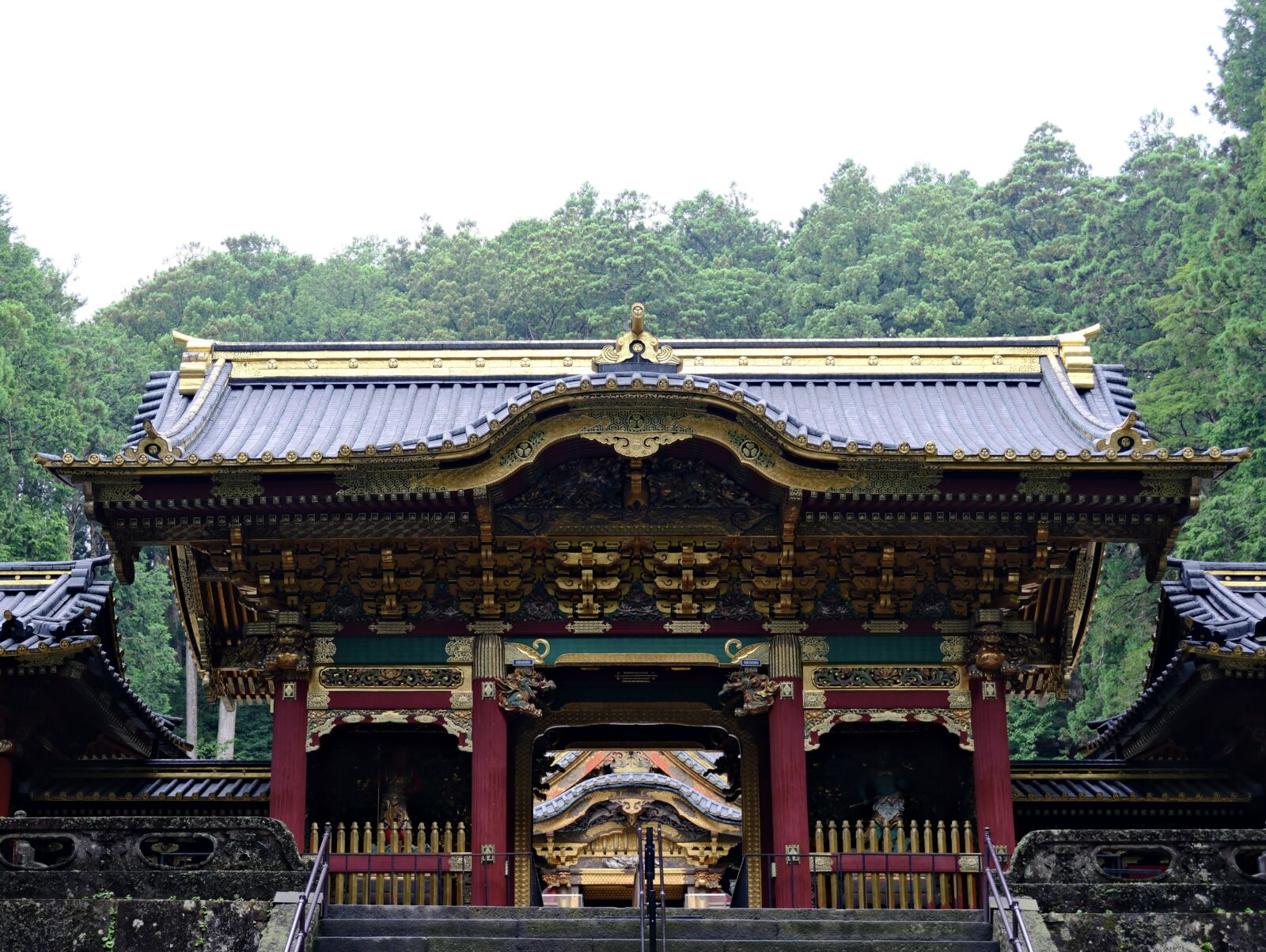
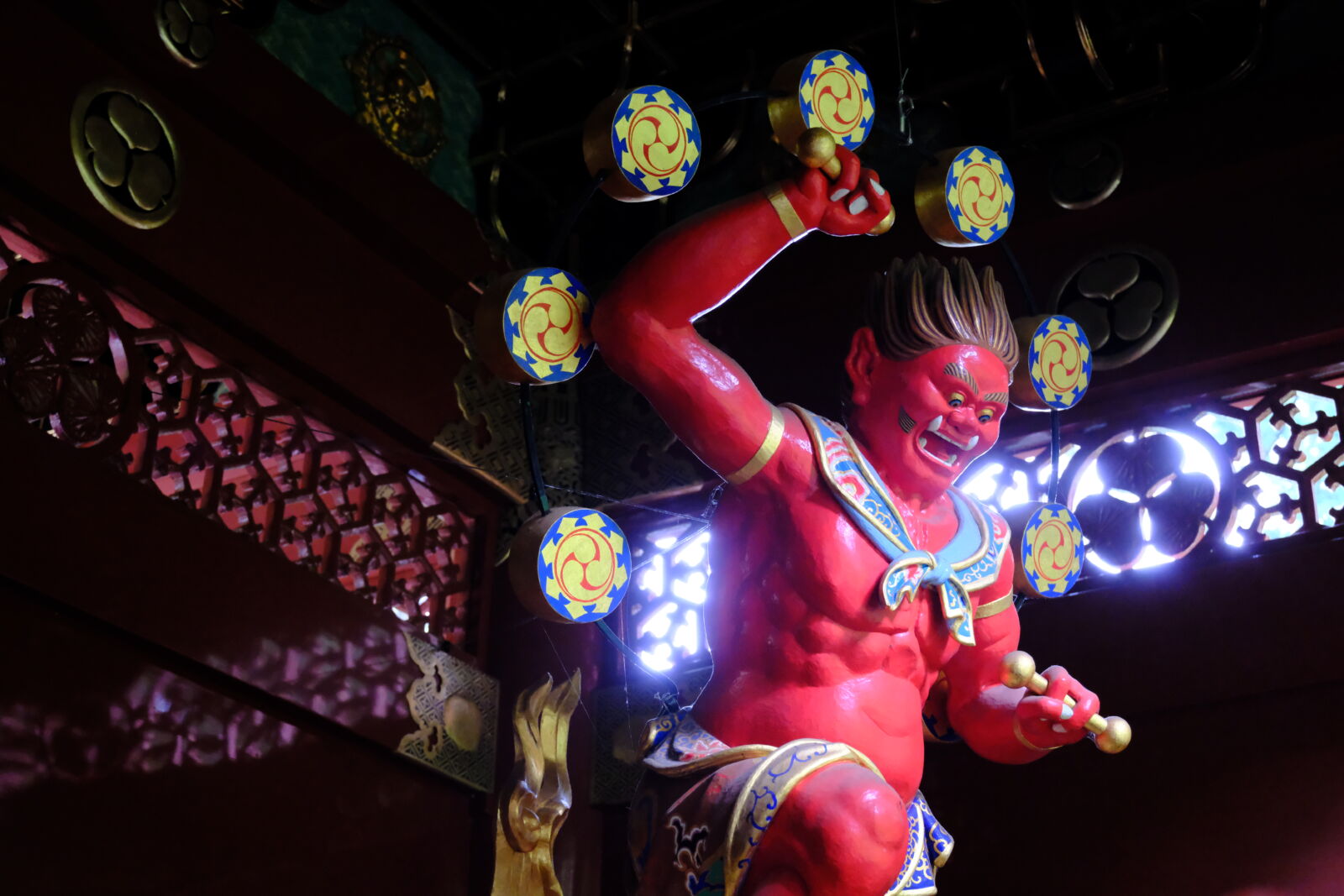
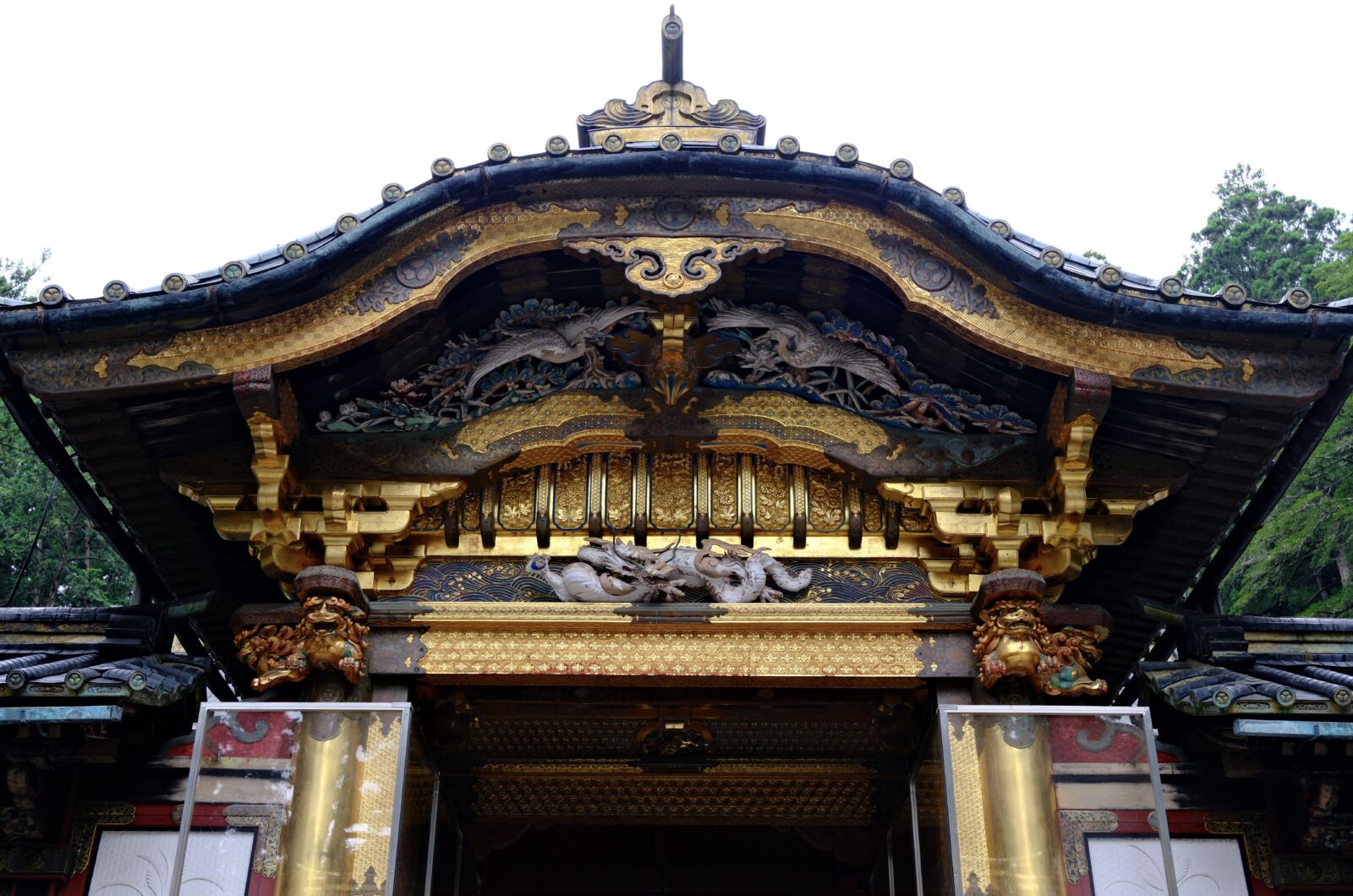
Taiyuin temple is the temple and resting place of the third Tokugawa Shogunate, Tokugawa Iemitsu. He lived from 1604 to 1651, and was the grandchild of Tokugawa Ieyasu, the first Shogunate of the Tokugawa clan. Taiyuin was constructed in 1654, and upon his death Iemitsu was granted the Buddhist name of Taiyuin. It is well documented that Iemitsu loved his grandfather deeply and had a great admiration for him, and he therefore wanted to be buried near him in Nikko. To further demonstrate his love, he even renovated Toshogu shrine to be the grand and elaborate scene we know today! Here Iemitsu is enshrined and buried, so you can see his mausoleum and burial place. Taiyuin has 22 listed national treasures, and stunning decor featuring gold leaf and wooden carvings. The worship hall is open for you to visit, but nobody apart from temple priests can access the main hall. You can enjoy the main hall exterior instead.
4 / Rinnoji Temple, Treasure House and Garden
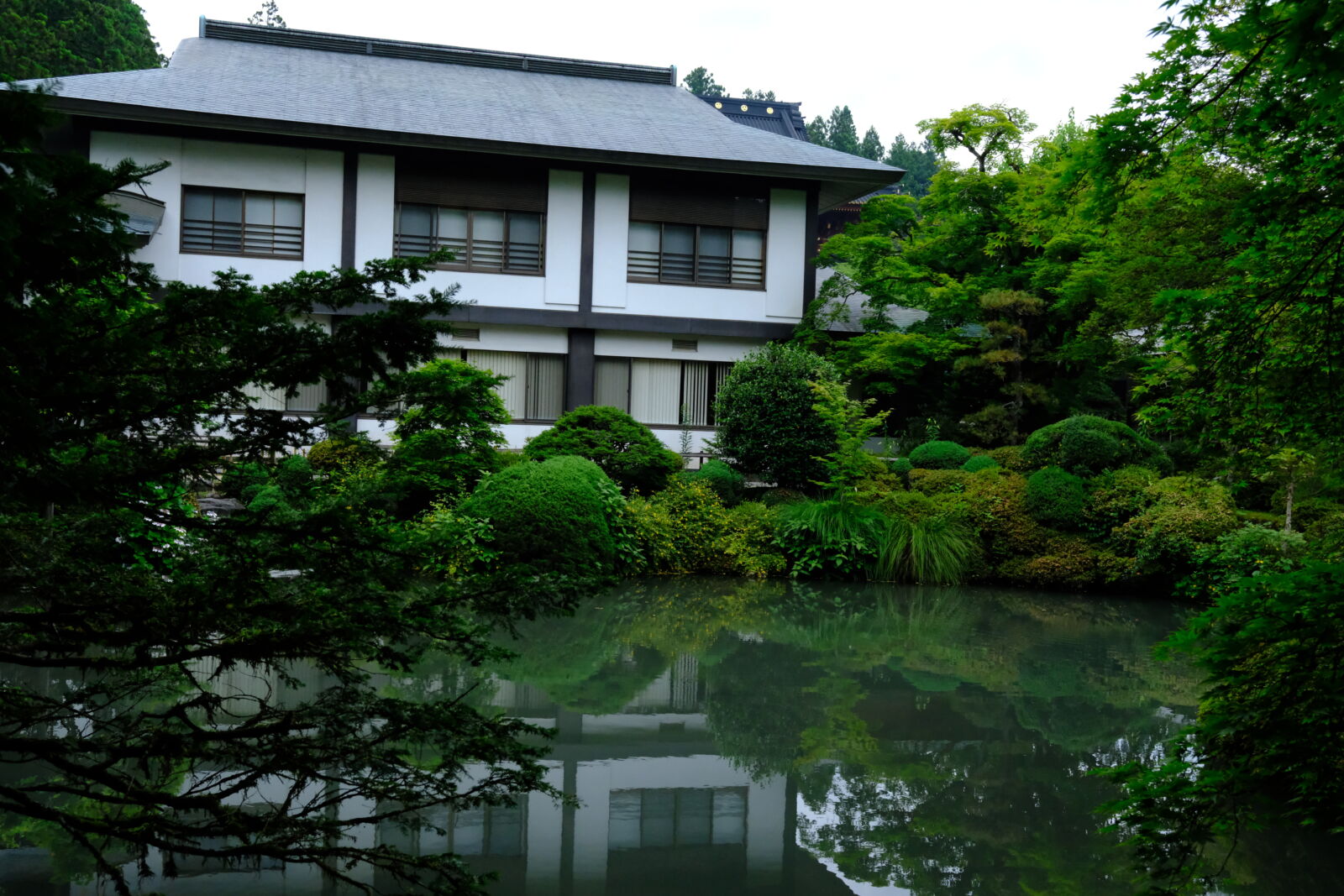
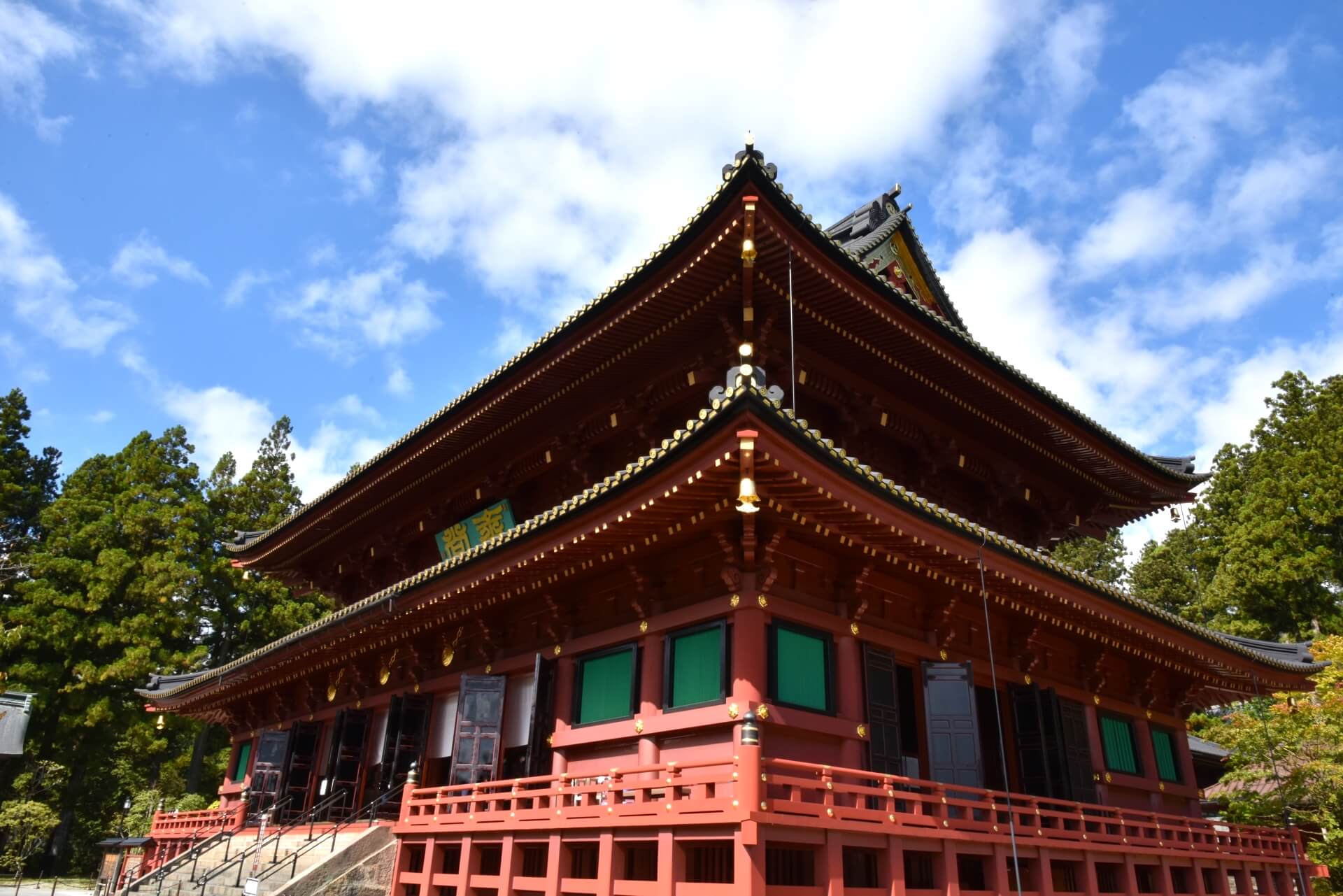
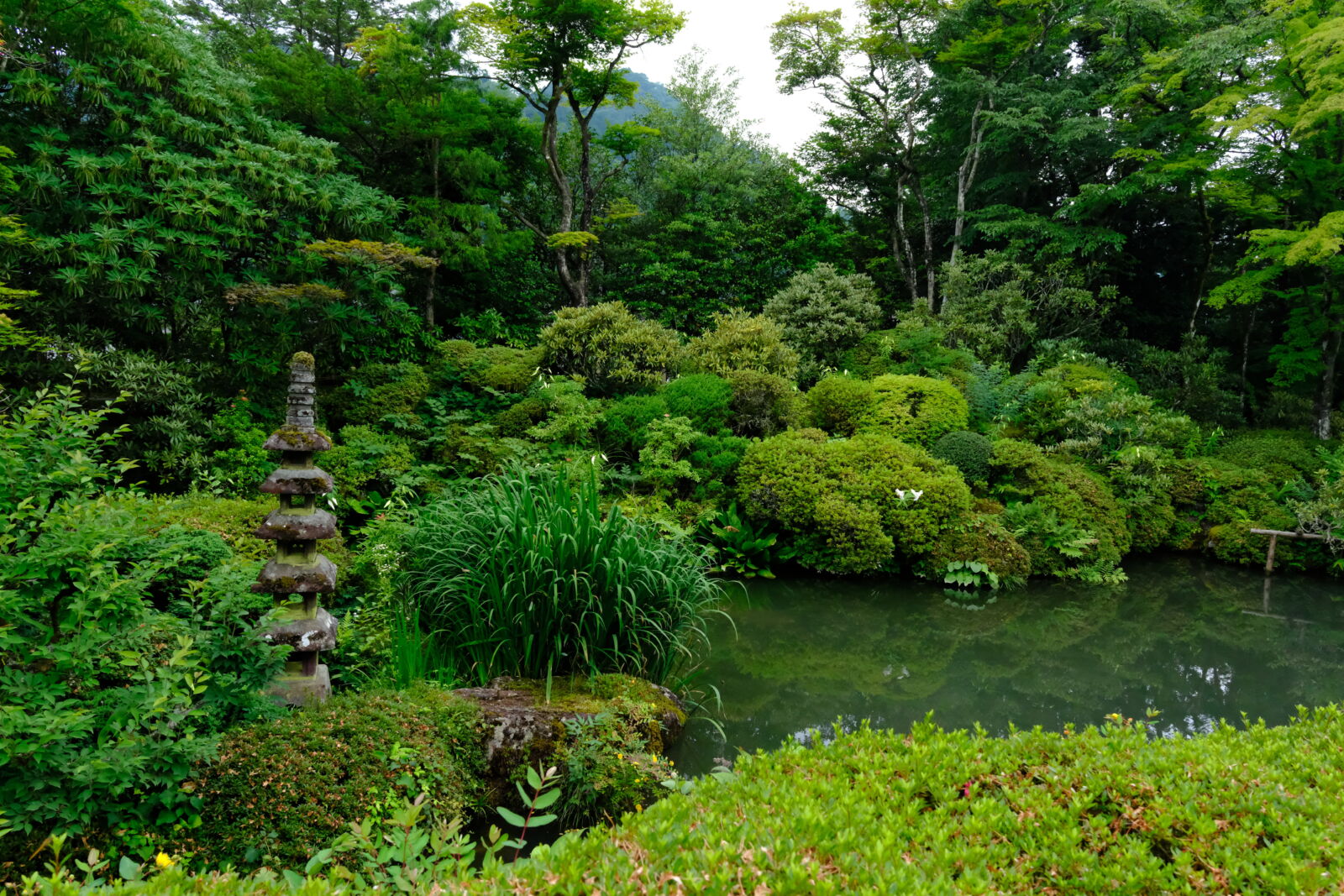
Rinnoji Temple is one of the most important and historically significant temples in Nikko. It was founded in the 8th Century by a monk called Shodo Shonin who introduced Buddhism to Nikko, and who is also buried on the temple grounds. It was primarily a Buddhist temple and religious site, but it was also heavily used by the Shinto worshipping Samurai as an important place for them to worship including Tokugawa Ieyasu who is said to have prayed here. Inside the main hall, visitors will be delighted by the sight of three large, gold-lacquered wooden statues of Buddhist deities. The temple has a small but fantastic treasure house which has artefacts from the Tokugawa Shogunate era, showcasing the deep connection and significance the temple had at the time. The temple grounds are also home to Shoyoen Garden. This Zen Buddhist garden was once where the Samurai would come to meditate, offering visitors a glimpse into another side of the life of the Samurai.
5 / Edo Wonderland
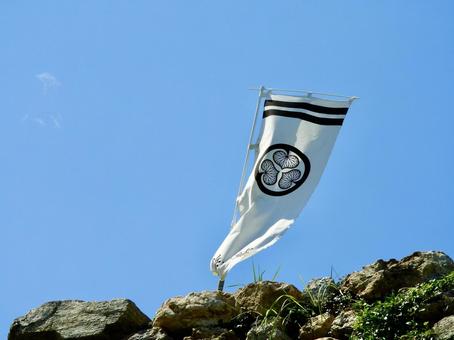
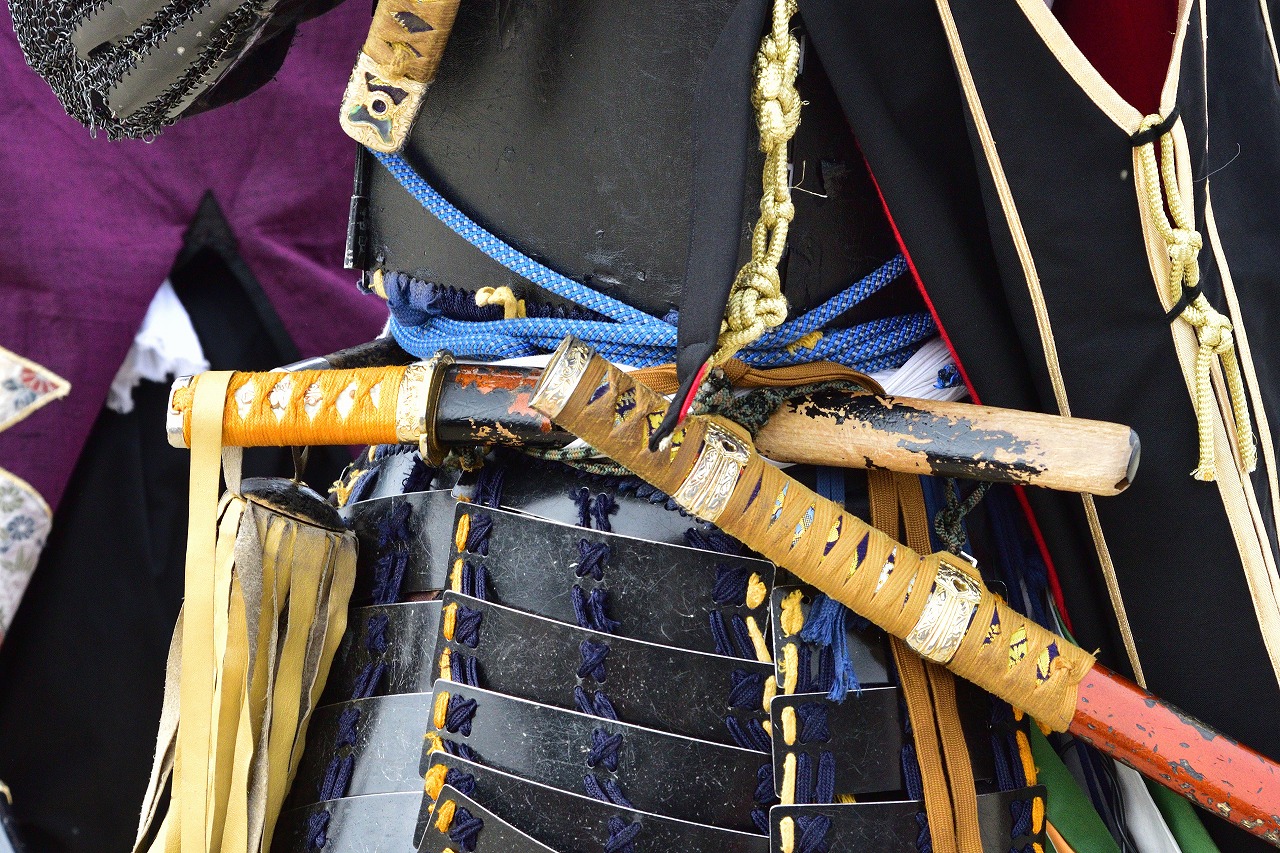
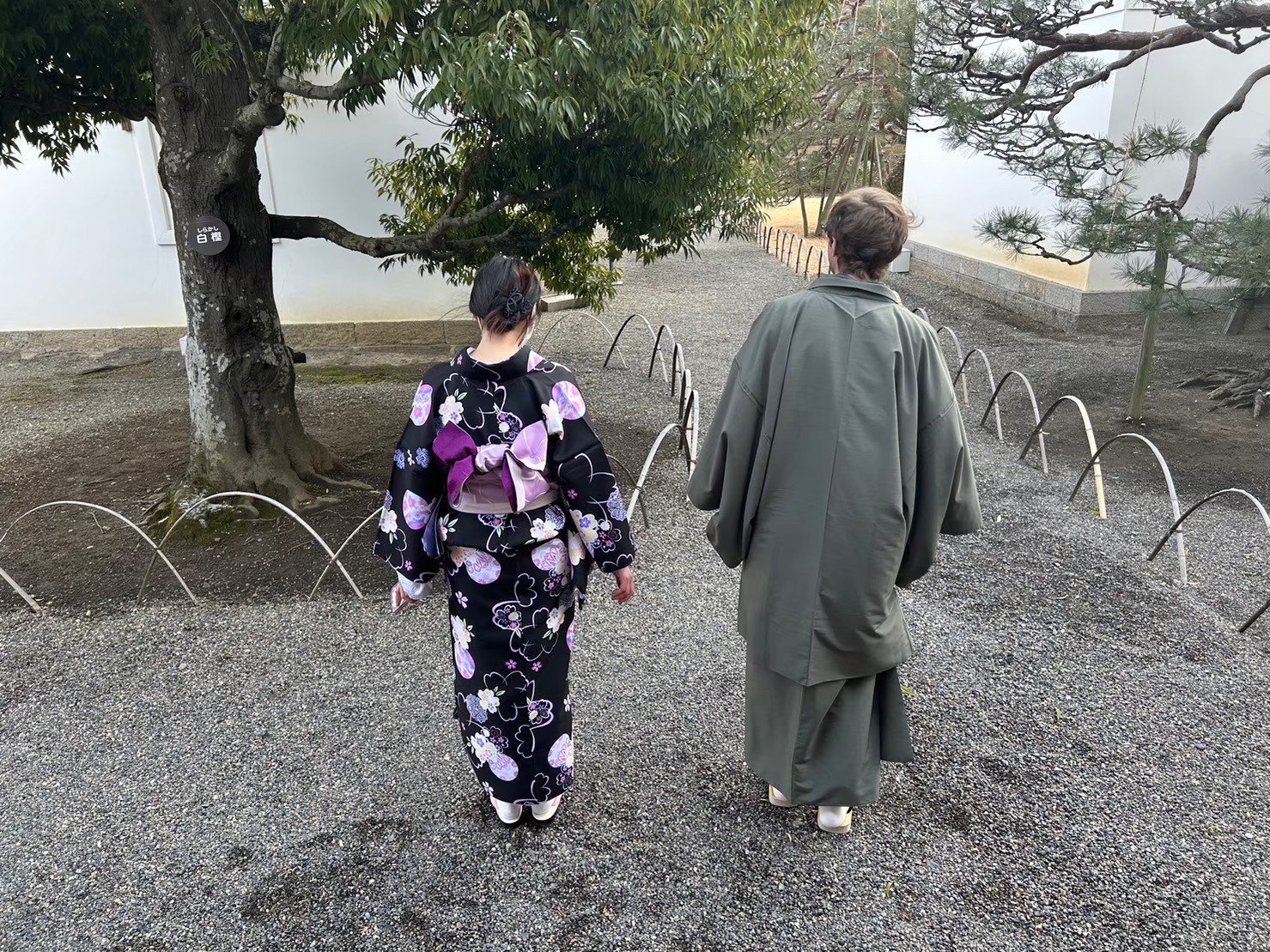
If you want to break up the shrines and temples, we recommend heading to Edo Wonderland for a fun and engaging activity! For families, couples, or even solo travellers, this attraction will suit all audiences. Edo wonderland is an historical theme park that recreates the atmosphere of the Edo period, allowing visitors to experience what it was like during the Samurai era in Japan. The entire park is a life sized replica of an Edo town, meaning you can fully engage with the buildings and props, enjoying the traditional architecture and atmosphere. There are immersive experiences such as being able to dress in traditional clothes, Samurai sword demonstrations and fighting, as well as workshops where visitors can try wielding a sword and learn Samurai martial arts. Aside from Samurai experiences, there are also Ninja, Kabuki, Oiran and Geisha based content to enjoy.
6 / Nikko Suginamiki Kaido (Nikko Cedar Avenue)
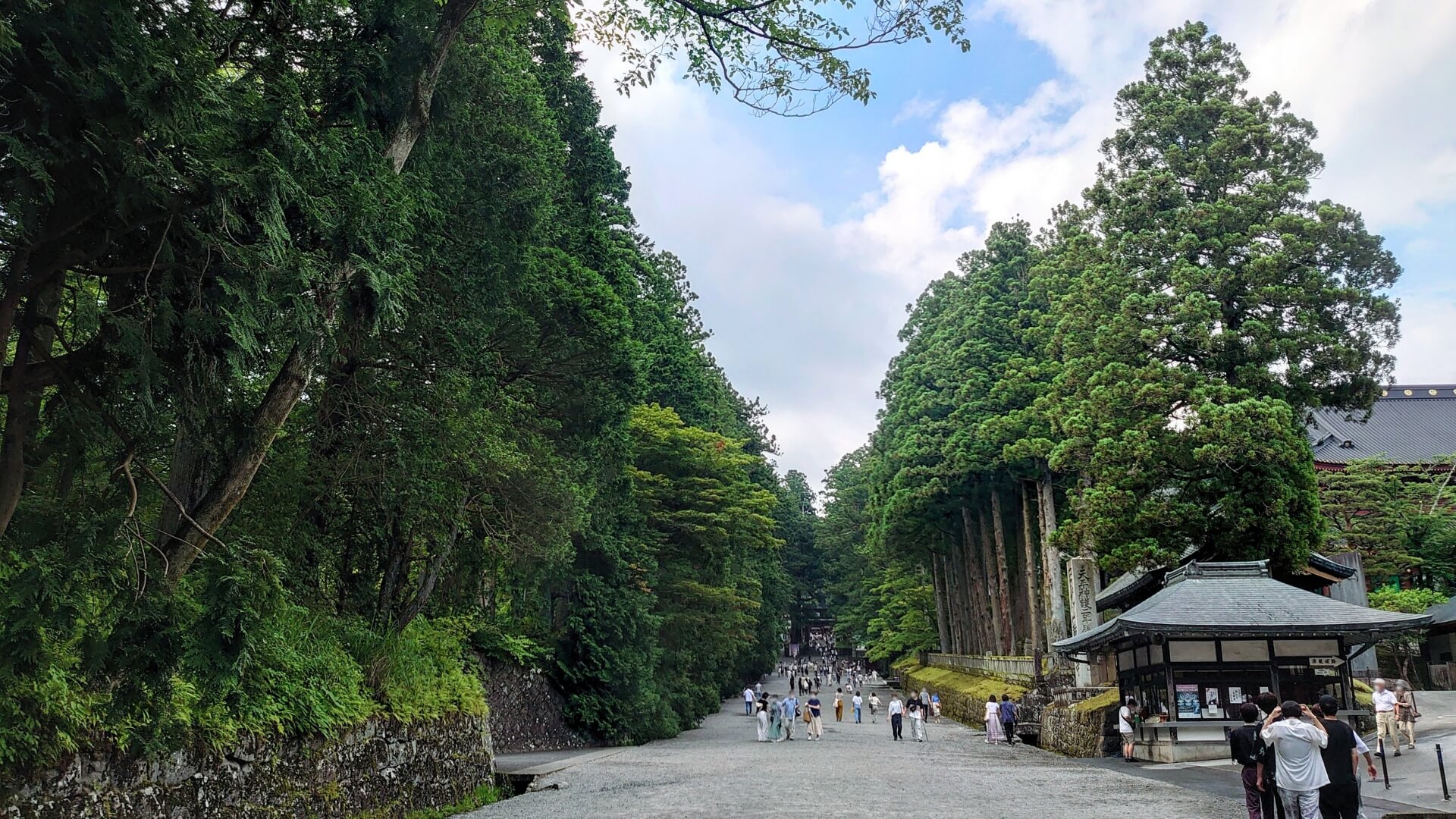
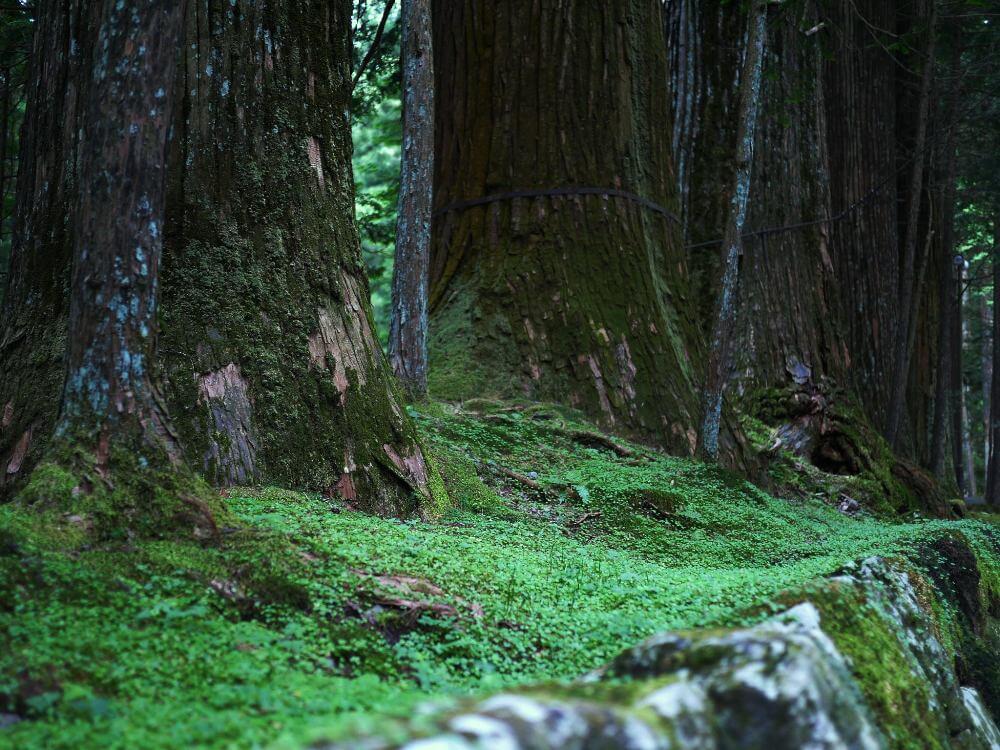
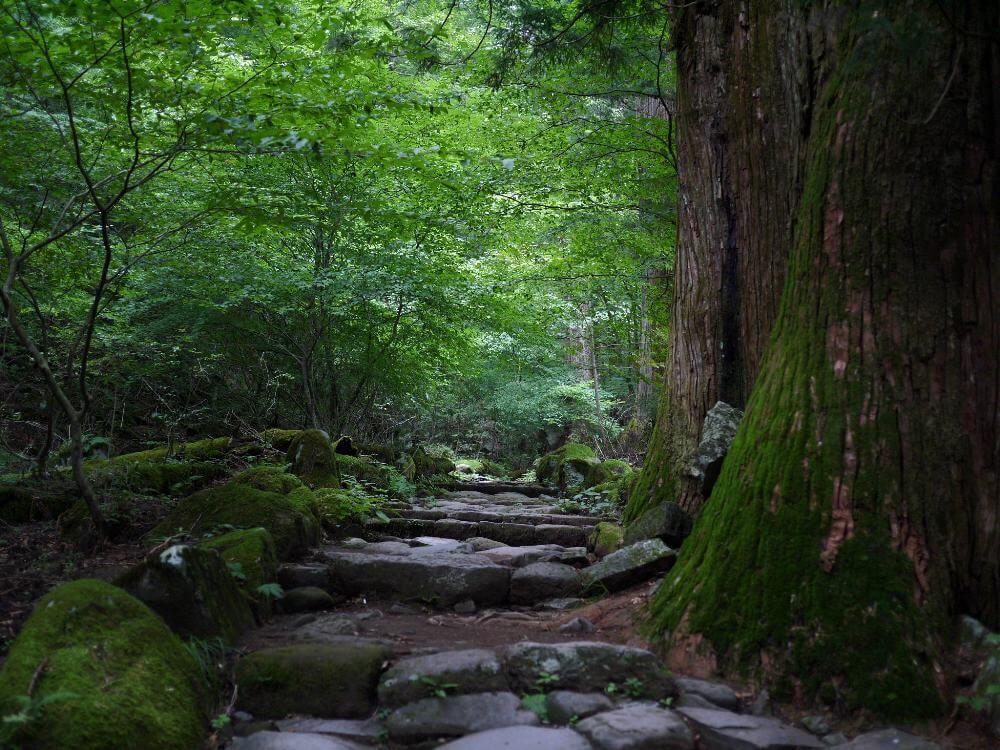
For those wanting to truly walk in the steps of the Samurai, the Nikko Suginamiki Kaido is the perfect place. The Nikko Kaido was one of five important transport roads that led from Tokyo or Edo as it was once known, all the way to Nikko for administrative, military and religious reasons . It was primarily built to serve the Samurai and Shogunate’s pilgrimages to Nikko Toshogu Shrine. The road served as a symbol of power and confirmed the authority that the Tokugawa family held in Japan. Nestled among towering Cedar trees is a scenic stretch of the Nikko Kaido spanning over 35 kilometers. Visitors can hike this section of the old road where you can feel as if you have time travelled to an era gone by. It is the longest tree lined road in the world making this experience even more unique and special.
7 / The Nikko Toshogu Grand Festival
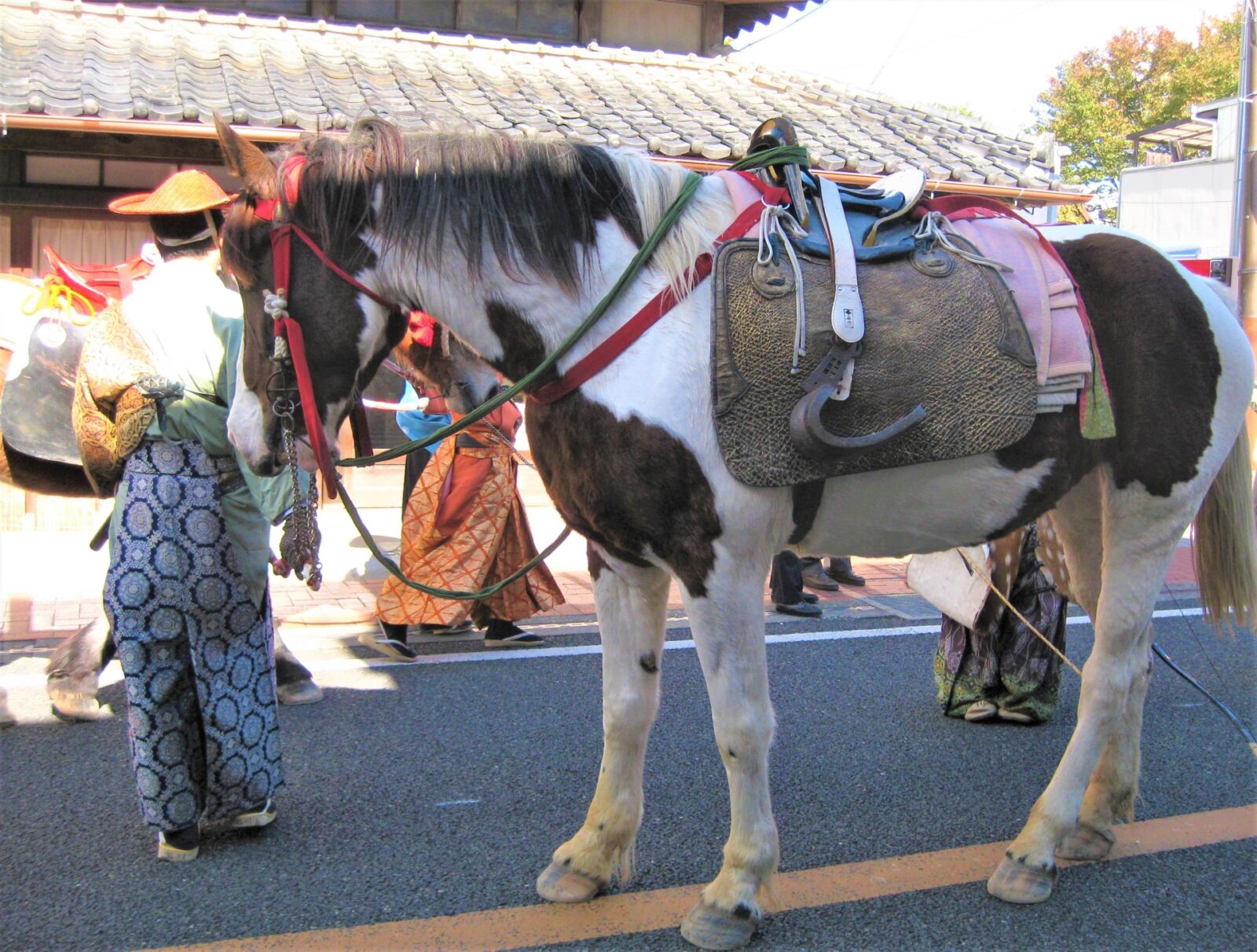
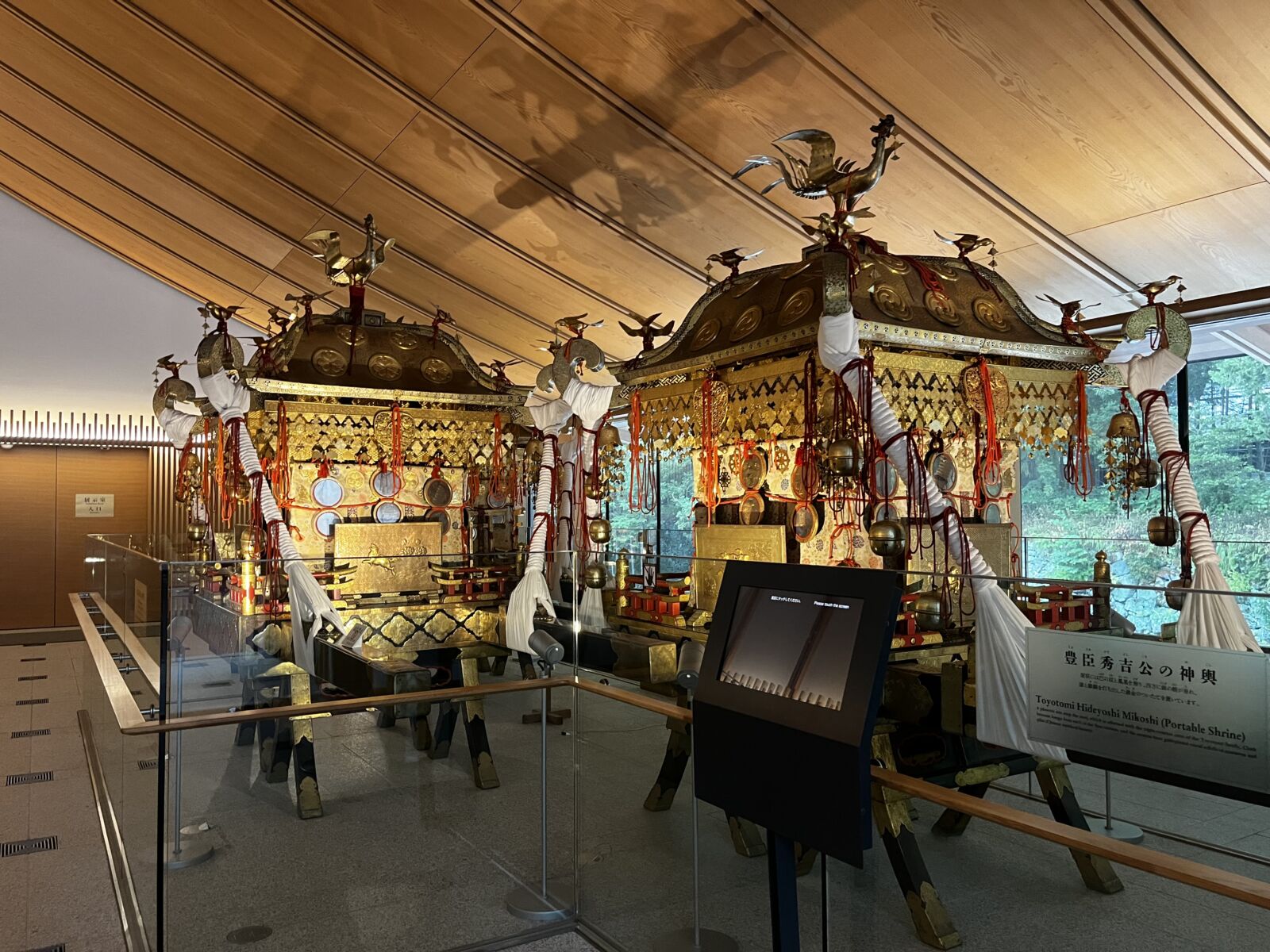
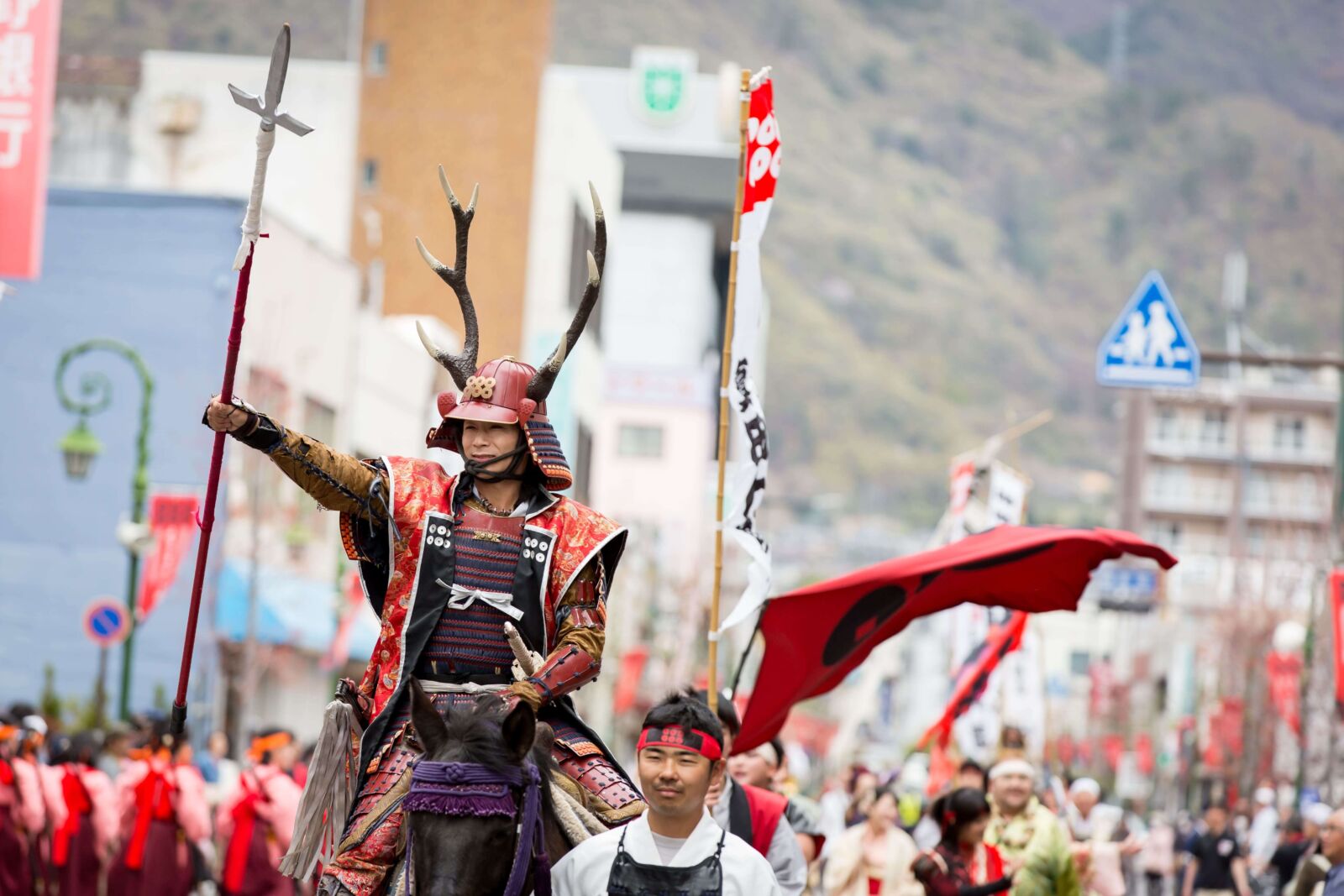
The Nikko Toshogu Grand Festival is one of the most important events held in Nikko and Toshogu Shrine. It is celebrated twice a year, both in the Spring and Autumn, and is deeply rooted in Samurai history and culture. The festival commemorates the legacy of Tokugawa Ieyasu as the founder of the Tokugawa Shogunate. If you want to plan your visit to Nikko around either of the two festivals held, it is highly worth it! Visitors can enjoy a number of impressive and immersive experiences such as the ’Hyakumonozoroe Sennin Musha Gyoretsu’, the Procession of 1,000 Samurai. This is a powerful reenactment of the funeral procession of Tokugawa Ieyasu from 1617 where participants dress as Samurai Warriors and march through Nikko. There is also ’Yabusame’, Horseback Archery. This is an ancient form of archery where skilled riders shoot arrows at targets while riding. It perfectly demonstrates the Samurai martial art traditions of the time. Finally, visitors can enjoy viewing the carrying of the ’Mikoshi’ or portable shrines. The shrines which are believed to carry the spirit of Tokugawa Ieyasu along with other deities, and are carried and paraded through the streets. Please check on the Nikko tourism official website for the dates of the two festivals.
20 BEST THINGS TO DO IN & AROUND NIKKO
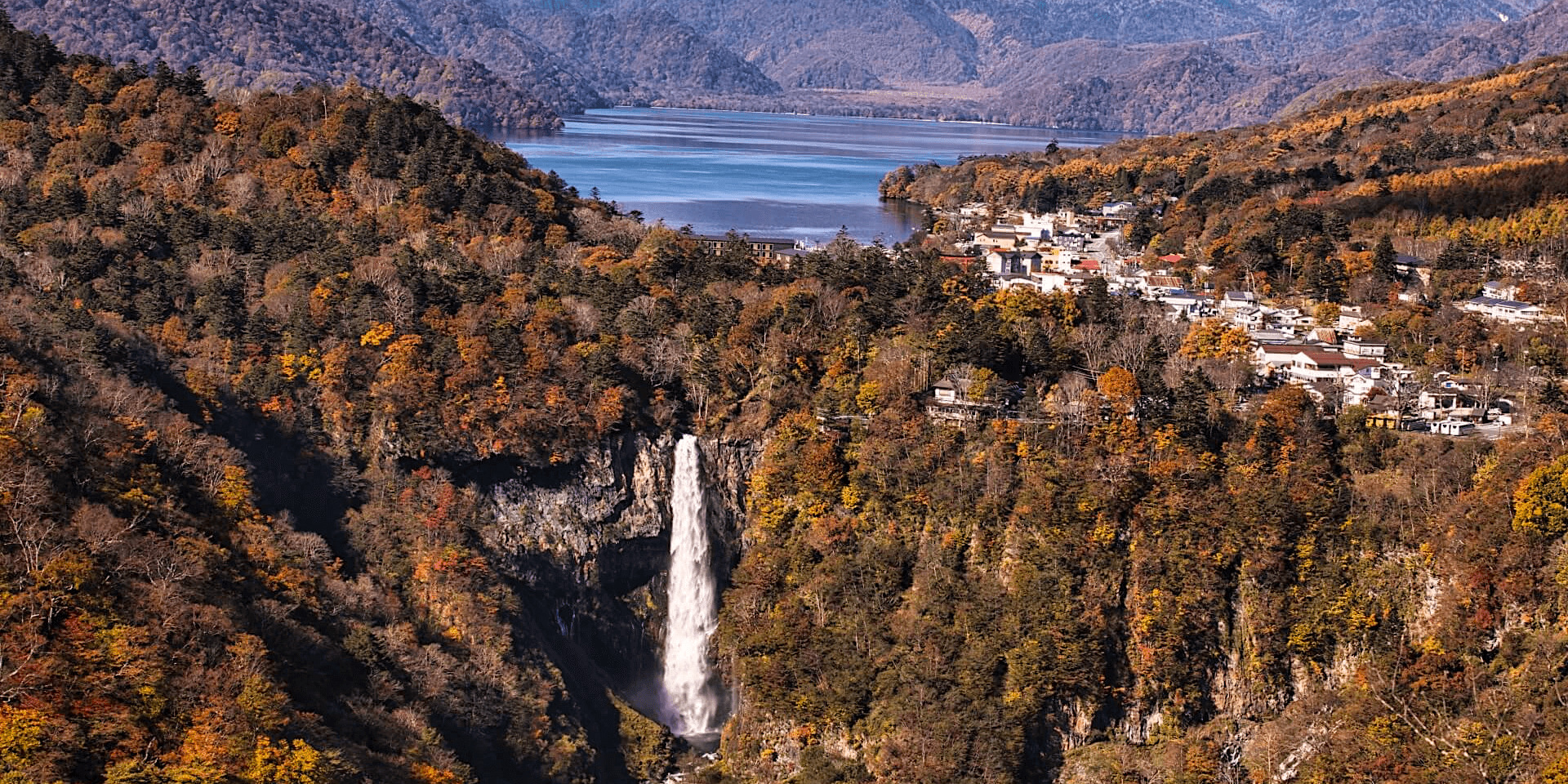
For many international visitors to Japan, Nikko is one of their ‘must-visit’ destinations thanks for the 17th century shrines and temples that are arguably the most beautiful historic buildings in the country. Spread across the Shinto shrines complexes of the ‘Toshogu’ and ‘Futarasan’ and the Buddhist temple complex of ‘Rinno-ji’, the Nikko shrine and temple complex comprises one hundred and three religious buildings set amongst a splendid natural setting. The main buildings of interest lie within an area of a couple of kilometres, making them easy to access on-foot or using frequent bus services that loop around the main sites. It is a destination that can be enjoyed all-year-round as each season highlights the beauty of the complex in a different manner. Indeed, while the shrines and temples are what draws most visitors to Nikko, once there you’ll discover a beautiful region of natural landscapes including waterfalls, gorges, hiking trails and hot spring towns worth taking time to enjoy over multiple days. Check out our ’20 Things to Do Around Nikko’ page to discover many of the wonderful attractions Nikko has to offer.
If you feel inspired to visit Nikko, join our ’1 Day Tour : Explore Nikko’s World Heritage and National Park’ tour!
WHERE TO STAY IN & AROUND NIKKO
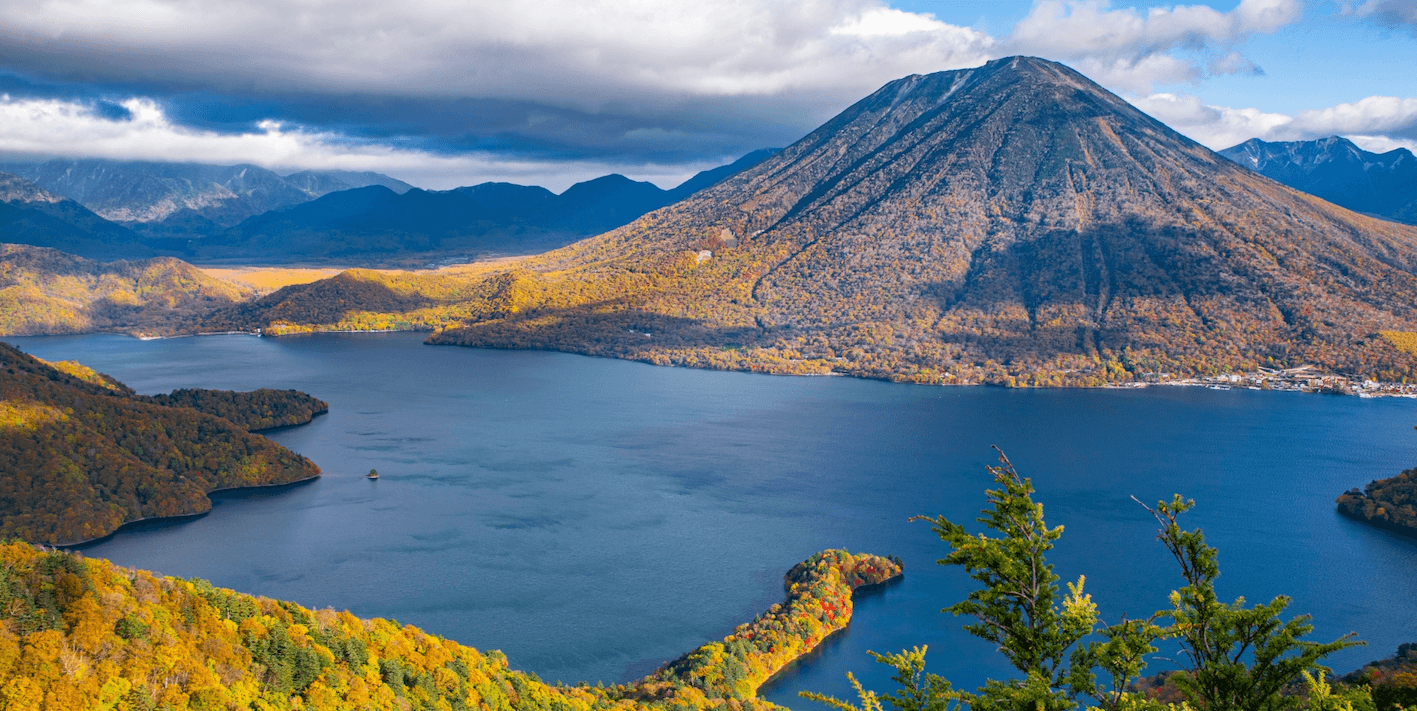
The World Heritage-listing of the Nikko shrine and temple complex ensures that it attracts millions of visitor each year. With that, there is plenty of accommodation to choose from in the centre of Nikko town with just as much in the surrounding areas and hot spring towns. Thanks to its elevation, the area has long been used as a place of retreat from the summer heat and humidity of Tokyo, and to this day Nikko boasts some of Japan’s oldest and best Meiji Period hotels and other accommodation. Check out our ’Nikko - Where to Stay’ page for more information!
GETTING TO & AROUND NIKKO
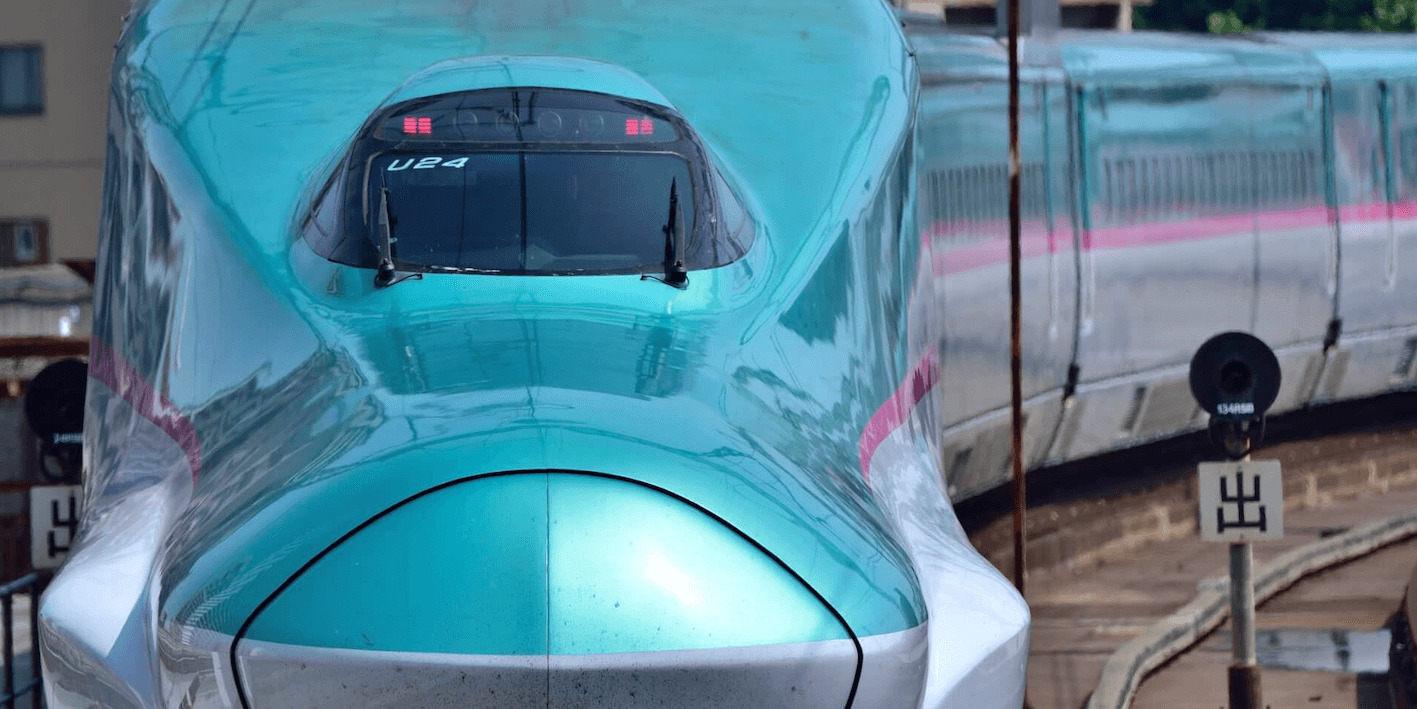
Nikko sits around 160km / 2 hours to the north of Tokyo and is easy to get to using train services running from the capital and other locations. Once in Nikko, bus services operate to and from the most popular destinations with the ‘Nikko Pass All area’ available to visitors. For complete information, see our ‘How to Get to Nikko’ page.
PLAN YOUR VISIT TO JAPAN
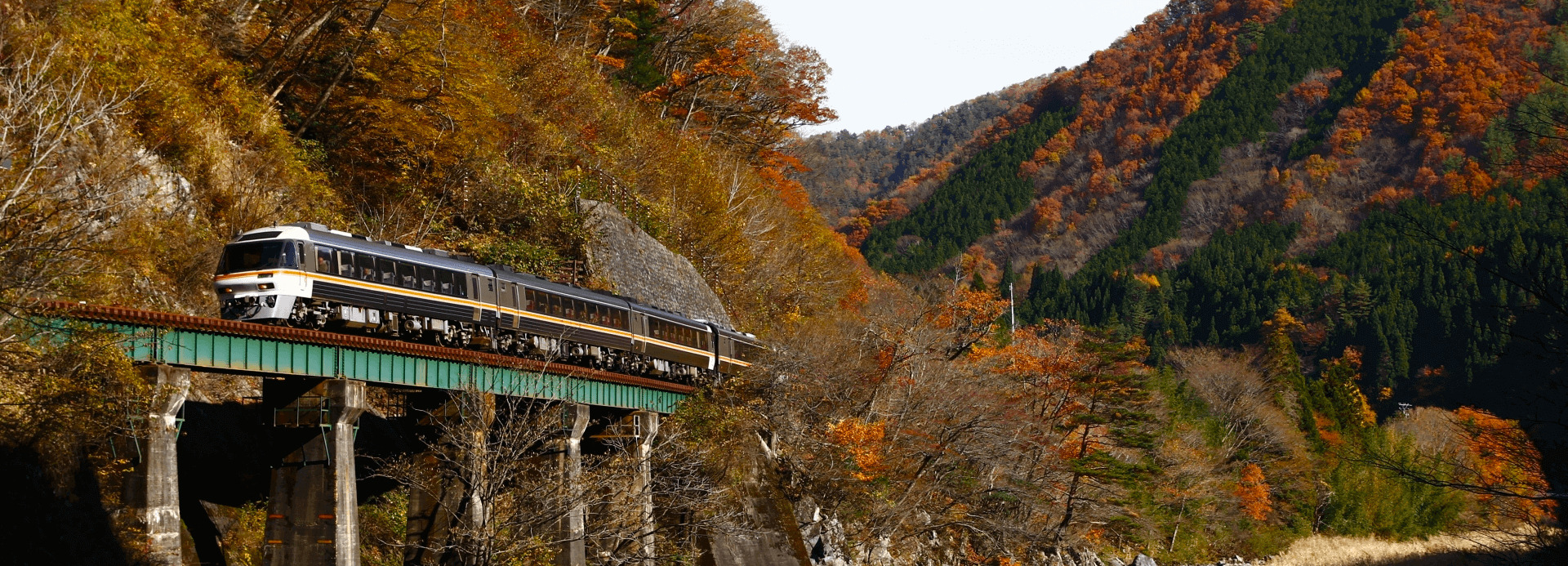

Heading to Nikko using the rail system is quick, easy and comfortable. Unfathomable in its size and efficiency, moving around the country by train opens-up all regions of Japan for exploration. Our ‘Plan Your Visit’ page has everything you need to know about visiting Japan – from tips on the best time to travel, times to avoid, entering and exiting the country, money matters, staying connected, accommodation, staying safe and healthy and plenty more to ensure that you get the most out of your time here.














